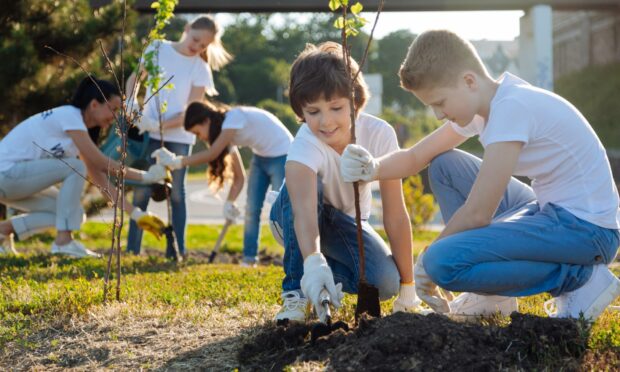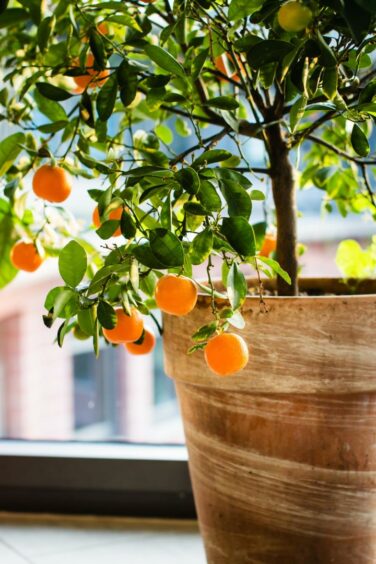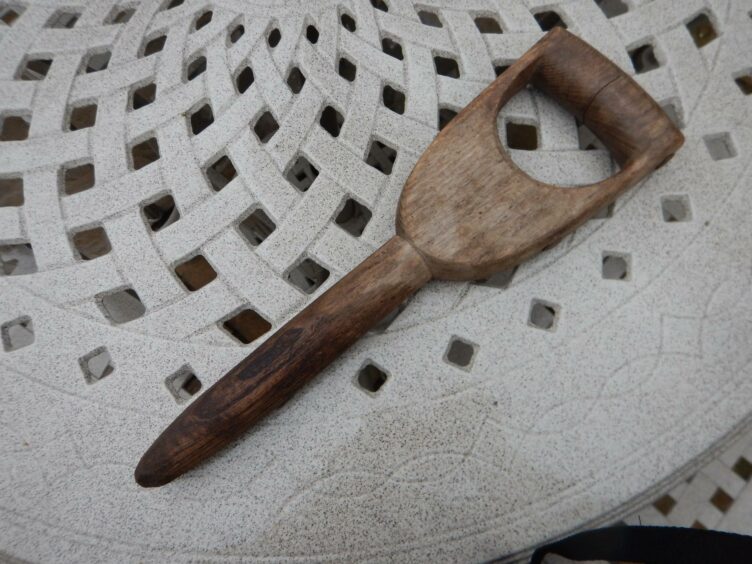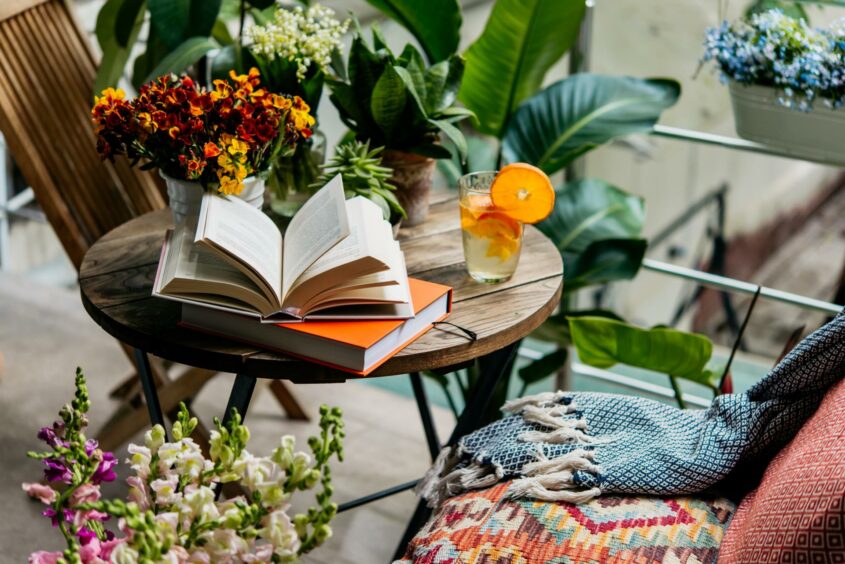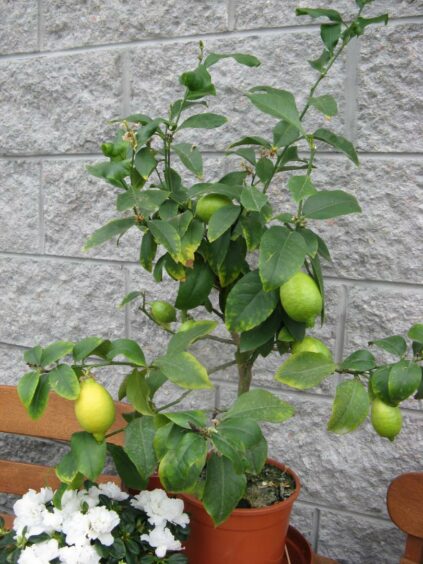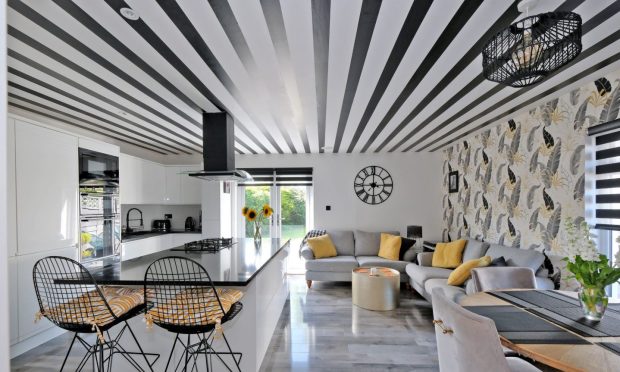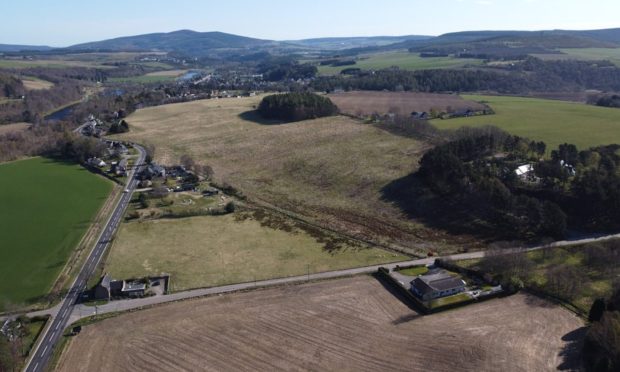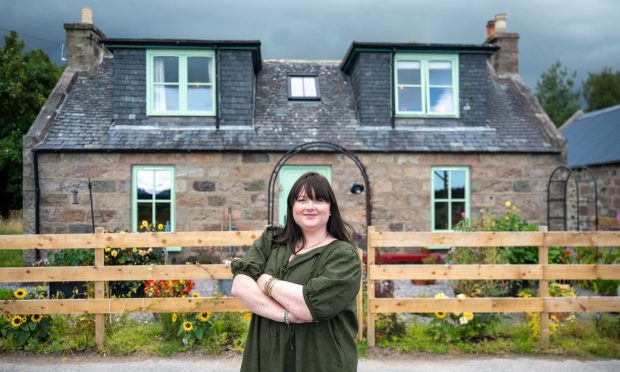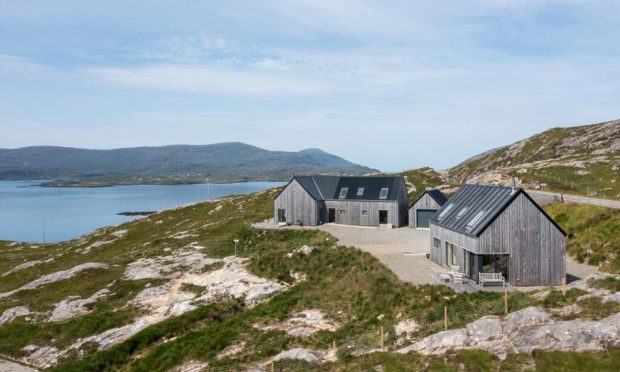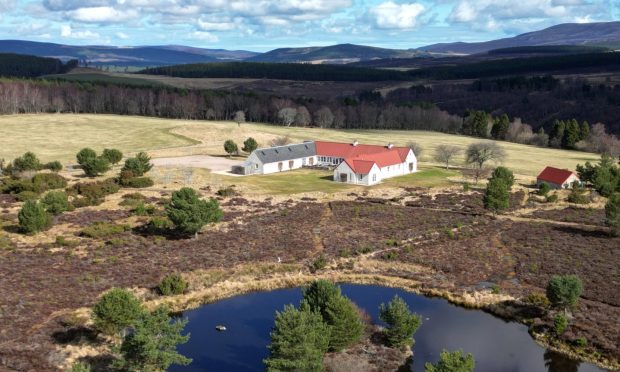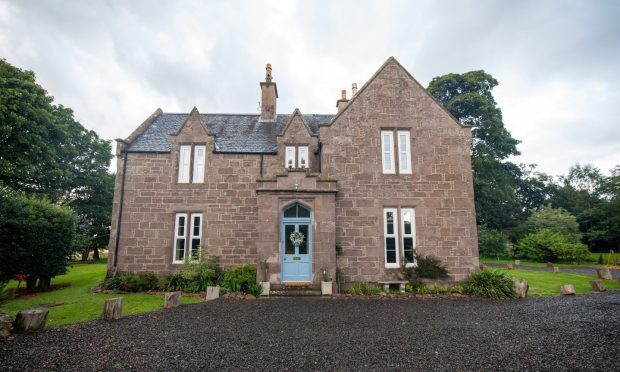Tis the planting season once again.
Time to be setting out the vegetable plants – tatties, onion sets and herbaceous perennials which, by the way, includes strawberries.
The following thoughts came to me, watching news on the telly and seeing a group of primary-age children, dressed up for the wind and rain, planting young tree seedlings somewhere in the hills and glens of Scotland.
I’m not going all political on this trend, brought about by the climate change debate, well, just a wee comment maybe – by all means plant trees but I would prefer that, instead of allowing millionaires to buy up great chunks of arable land to plant trees, good land should be reserved for agricultural purposes, because we need food.
This situation reminds me of an excellent and acceptable ploy used by the late Maitland Mackie out at Westerton.
Neuks and awkward bits
When he was thinning young trees, he had them lifted carefully and replanted on the farm BUT, this was the cunning bit, they were planted in some of his arable fields but only in neuks and awkward bits which were difficult to cultivate with modern machinery.
No more politics, I was looking at the tree seedling planting purely from a technical point of view and wondering how many of the seedlings would survive.
I’m sure the youngsters would have been tutored on how deep to plant them and how to firm them in but I have to say the impression I had was that many were being buried, not planted.
There again, it might have been the camera angle which tended to give that impression. I do recognise that problem from days of yore.
It is young plants, grown from seed that I worry about.
Tatties are not a problem, even with sprouts on, they can be planted with at least 5cm of soil on top, so long as you are careful not to knock the sprouts off.
Onions grown from sets (small onions) should be covered with soil and after firming gently, the neck of the bulb just showing.
As experienced gardeners will know, seedlings of the cabbage family are often planted with a dibber. What on earth is that? I hear some ask.
Simple, have a look at the photo.
When you shove that into the ground it makes the right size of hole to accommodate young plants with a bare root system.
To finish the job off, the dibber is used to squeeze more soil down and around the seedlings, as you still hold them firmly by the leaves, at the right height and WITHOUT damaging the tissues.
This technique will create a bit of a hole next to each plant which can be filled up with water when you irrigate or when it rains.
Nowadays, many of our seedlings are raised in soil blocks or small pots in which case, they have to be planted using a trowel.
Secure the root system
These plants are firmed when the block/root ball is just covered.
The whole technique, whichever method is used, is intended to secure the new young root system in the ground firmly but without damaging the above-ground tissues.
Plant too shallow and the young plants will wobble about and may be damaged.
On the other hand, planting too deep so covering the lower stem and the tender tissues can cause bruising and subsequently dying off.
Balcony gardens
Now a word or two about growing citrus.
Since the pandemic arrived, we are told almost daily that more and more people have turned to gardening to find peace of mind.
This includes many with limited space, like balconies, which means growing plants in containers. I say, how about trying citrus?
In our neck of the woods, they will do well in containers which can easily be protected from frosts, November to April.
Grown in pots or tubs on your balcony, they will need to be protected from time to time when necessary – no problem, but they do need to stand in good light.
If you decide to have a go, pot in a lime-free compost, which can be well aerated by adding some rich organic matter.
Commercial ericaceous compost is OK but some successful growers add up to a quarter sharp grit and a quarter leaf mould or composted bark and a cup-full of blood, fish and bone fertiliser to every bucketful of compost.
Keep moist at all times, using rainwater if possible, misting over daily when the plants are in active growth. Throughout the growing season feed regularly with a houseplant feed.
Luckily, little pruning is required.
Lemons are the easiest to grow, try the variety ‘Meyer’. Tangerines, satsumas, mandarins, bitter orange, clementine, grapefruit and kumquat will all thrive in a balcony garden without protection so long as the minimum temperature is not less than 5C.
